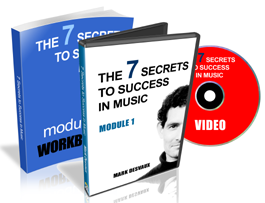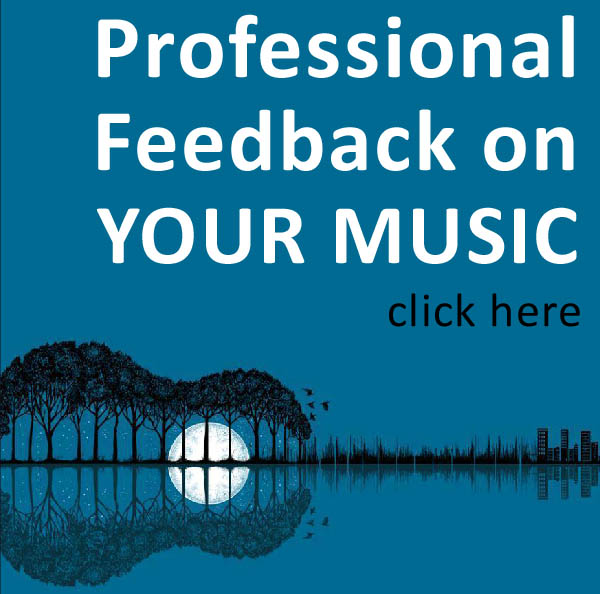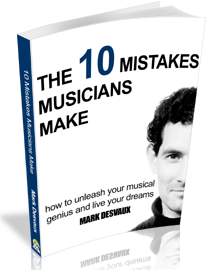If you were Calvin Harris, how would you spend $66m? It’s a dilemma he doesn’t have time to consider as he is too busy packing 7,000 capacity White-House-sized nightclubs in Las Vegas for a reported $300,000 per set. As the top electronic producer in the world, he might be earning $10,000 per fist pump behind the decks, but his rise, together with his fellow EDM (Electronic Dance Music) artists, is showing no sign of slowing. The current EDM Revolution is being touted as the new Rock n’ Roll and no doubt many traditionalists are waiting for the collapse. Not only is the revolution here to stay however, it’s only just getting started.
Harris tops the latest Forbes ‘Electronic Cash Kings’ rich list with an annual $66m fortune, up 50% from the previous year and surpassing the likes of Rhianna, Jay Z and all of One Direction. To put this achievement into even greater perspective, he topped Tiger Woods, Simon Cowell, Ronaldo, Messi and matched Beatles legend Paul McCartney. The rest of the list is made up of other multi-millionaires including David Guetta ($30m), Avicii ($28m), Tiesto ($28m) with Steve Aoki, Afrojack, Zedd, Kaskade, Skrillex, Deadmau5, Hardwell, Armin van Buuren and Steve Angello sharing $153m.
So what makes the EDM Revolution so special? There are three factors which make up what I call the ‘MEA Effect‘: Mainstream – Euphoria – Accessibility.
Mainstream
EDM is a marriage made in heaven with mainstream pop. Calvin Harris reflects back to a moment in pop history in 2011 when a combination of major artists including Lady Gaga, Black Eyed Peas and David Guetta were all hitting the top of the charts with EDM-heavy tracks. Whilst Europe has been partying for decades, the US – a sleeping giant in the EDM world – suddenly woke up. Collaborations with EDM Producers and the biggest names in pop became commonplace. Calvin Harris alone has worked with Rhianna, Ellie Goulding and Florence. Dance music took over the charts Stateside and Pop EDM was born, becoming the mainstream sound listened to on the school run and office commute. Pop EDM’s success is largely a result of fusing the genius of hit song writing with hook-laden electronic soundtracks.
Euphoria
It’s no co-incidence that North America has turned to EDM at a time when economic crisis hit the continent and the world. To pull yourself out of a depression, there is no better cure than to party. The uptempo four-to-the-floor beat of EDM delivers every time. Whilst other genres can be therapy for angst, if there is a musical anthem for life, it is the soaring synth hooks, trance stabs and the rollercoaster ride of the risers and drops. Tony Robbins enthuses that changing your state is one of the secrets to a successful life and EDM music does that in seconds. Combine this shared experience and positive energy in a huge crowd and you get a high for life more powerful than any artificial substance.
Accessibility
As a ten-year old, the closest I could get to a synth or drum machine was our high-street electronics store. It was a short-lived experience as the staff were unappreciative of my unique electronica fusion on the Casio keyboards and would kick me out every week. Today, in this new Electronic Era, kids are growing up with a music-making device in the palm of their hand. Unlike guitars and drums – the core tools of Rock n’ Roll – kids spend their school bus journeys and recess in composing heaven. The “book torch” has been replaced by the after-hours glowing duvet as they create beats on their iPhones or Android devices. Phenomenally powerful free apps like Caustic or miniature versions of professional software such as FL Studio Mobile give the next generation of artists the musical equivalent of a Harry Potter wand to unleash their musical creativity.
Beyond apps we see even greater accessibility. FL Studio, used by superstar artists such as Avicii and Afrojack gets downloaded an astonishing ten million times per year. To further join the dots, my anecdotal research shows music stores in North America are reporting sales of electronic dance music equipment far outstripping traditional instruments.
With artists ranging from Garrix teenagers to the Guettas approaching their 50’s, an EDM career also doesn’t have the short shelf-life of the latest boy-band or X Factor firework. The next generation of EDM superstars are starting younger and are busy refining their art form. Visually I imagine that if Sauron were a DJ, the Lord of the Spins is currently putting together a new musical army like none ever witnessed.
An EDM Revolution? Just watch the MEA Effect over the next five to ten years and you’ll realise it has only just begun.
Mark Desvaux is a Music Coach (www.MusicLifeCoach.com) and bestselling EDM Recording Artist (Urban Myth Club) signed to Warner Chappell. He is Founder and Course Director of the EDM Academy (http://www.MusicLifeCoach.com/edm-academy/) which coaches and mentors EDM superstars of the future.




